Geometry Similar Figures Worksheet
A geometry similar figures worksheet provides a useful learning tool for students who are studying geometry and want to practice identifying and comparing similar figures. By using this worksheet, learners can gain a better understanding of the concept of similarity and develop their skills in recognizing corresponding sides and angles.
Table of Images 👆
- Congruent Shapes Worksheets 3rd Grade
- 3rd Grade Math Shapes Worksheet
- Proving Triangles Congruent Worksheet
- Angle Bisectors and Perpendicular Worksheet
- Surface Area and Volume Worksheets Grade 6
- Perimeter and Area Worksheets Grade 3
- Types of Quadrilaterals Worksheet
- 8th Grade Scale Factor Dilations Worksheet
- Percent Equation Worksheet
More Other Worksheets
Kindergarten Worksheet My RoomSpanish Verb Worksheets
Cooking Vocabulary Worksheet
DNA Code Worksheet
Meiosis Worksheet Answer Key
Art Handouts and Worksheets
7 Elements of Art Worksheets
All Amendment Worksheet
Symmetry Art Worksheets
Daily Meal Planning Worksheet
What are similar figures in geometry?
Similar figures in geometry are two or more shapes that have the same shape but not necessarily the same size. This means that the corresponding angles are equal and the corresponding sides are in proportion to each other. When two figures are similar, one can be obtained from the other by a combination of rotations, translations, reflections, and dilations.
How do you determine if two figures are similar?
Two figures are considered similar if all corresponding angles are congruent and all corresponding sides are proportional. This means that the angles have the same measure and the ratios of the corresponding side lengths are equal. If these conditions are met, then the figures are considered similar.
What is the ratio of corresponding sides in similar figures?
The ratio of corresponding sides in similar figures is always the same. This means that if two figures are similar, the ratio of any two corresponding sides will always be equal.
Can similar figures have different shapes?
No, similar figures have the same shape but can have different sizes. The corresponding angles of similar figures are equal, and the corresponding sides are proportional to each other.
How do you find the scale factor between two similar figures?
To find the scale factor between two similar figures, you can divide the length of a corresponding side on one figure by the length of the corresponding side on the other figure. This will give you the ratio of similarity between the two figures, which is the scale factor.
What are corresponding angles in similar figures?
Corresponding angles in similar figures are angles that are in the same relative position in each figure. They are equal in measure and can be found by comparing angles in one figure to angles in the other figure. Corresponding angles help establish the similarity between two figures and are crucial for determining congruency and solving geometric problems involving similar figures.
How do you prove that two figures are similar?
Two figures are proven to be similar if their corresponding angles are equal and their corresponding sides are proportional. This can be demonstrated through methods such as measuring angle values and side lengths, using proportions to compare corresponding side lengths, or showing that the ratios of corresponding sides are equal. Mathematically, two figures are similar if the ratios of all corresponding sides are equal and the corresponding angles are congruent.
What is the significance of similar figures in real-life applications?
Similar figures are important in real-life applications because they allow us to make accurate predictions and measurements in various fields such as engineering, architecture, and design. By recognizing and understanding the relationships between similar figures, we can scale objects or structures up or down while maintaining their proportions, thereby simplifying the analysis and design processes. This enables engineers and architects to create models, blueprints, and plans that are not only precise but also efficient and cost-effective in construction projects. Additionally, similar figures are fundamental in fields like mapmaking, computer graphics, and 3D modeling, ensuring that accurate representations and simulations are created for various applications, including navigation, urban planning, and virtual reality environments.
How can you use similar figures to find unknown measurements?
Similar figures are figures that have the same shape but not necessarily the same size. To find unknown measurements, you can use the concept of proportional relationships between corresponding sides of similar figures. By setting up ratios of corresponding sides and solving for the unknown measurement using cross-multiplication, you can determine the length or area of the unknown side. This method is useful for solving problems involving scale factors, enlargement or reduction of figures, and finding missing dimensions in similar shapes.
What is the relationship between the areas of similar figures?
The relationship between the areas of similar figures is that the ratio of the areas is equal to the square of the ratio of corresponding side lengths. This means that if two figures are similar, their areas are proportional to the square of their corresponding side lengths.
Have something to share?
Who is Worksheeto?
At Worksheeto, we are committed to delivering an extensive and varied portfolio of superior quality worksheets, designed to address the educational demands of students, educators, and parents.

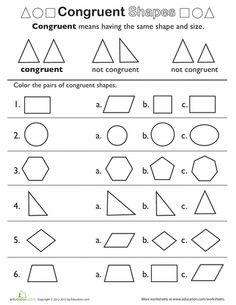



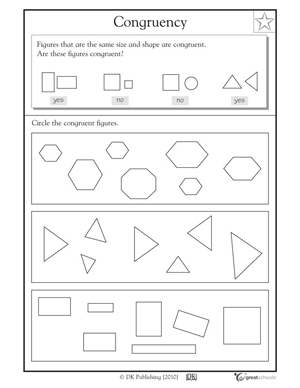
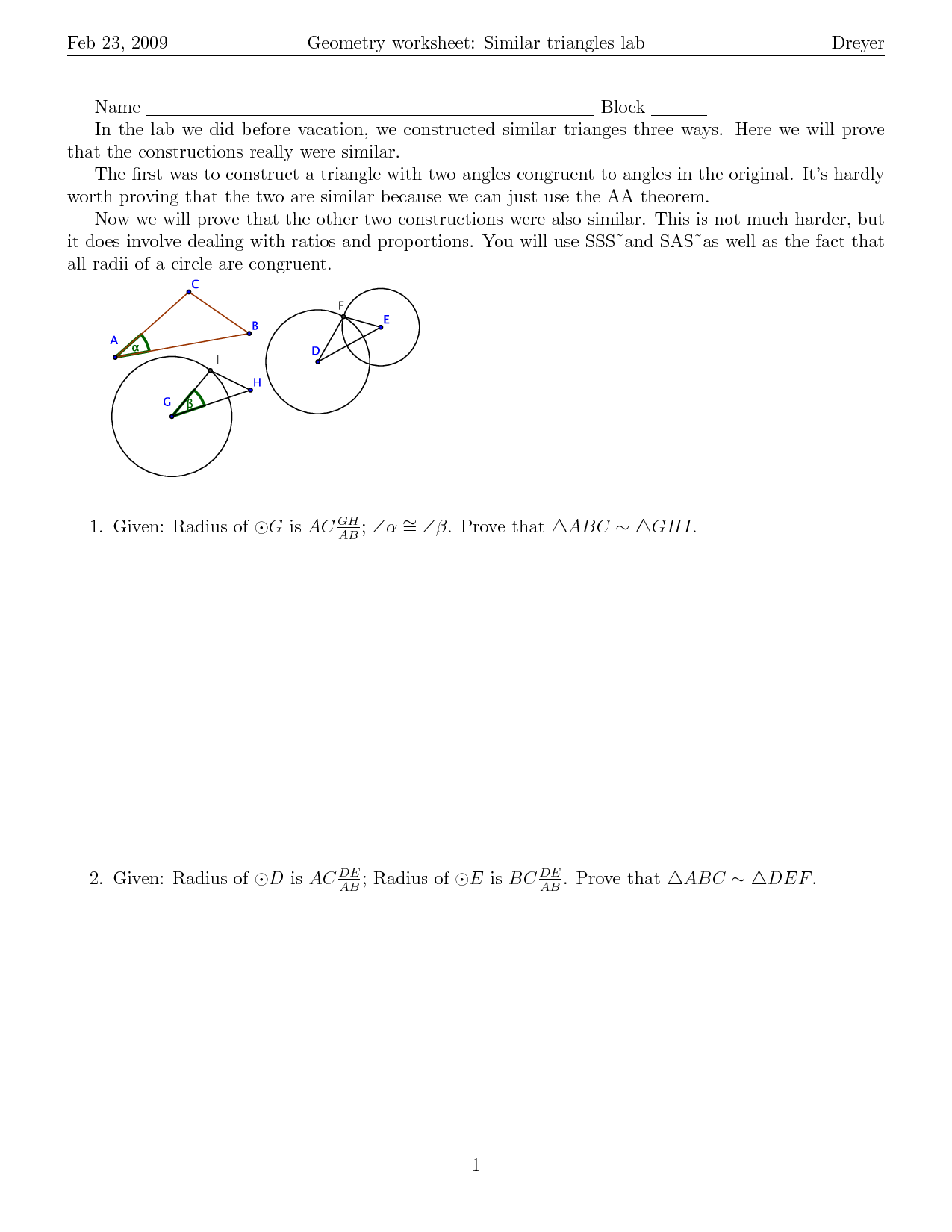
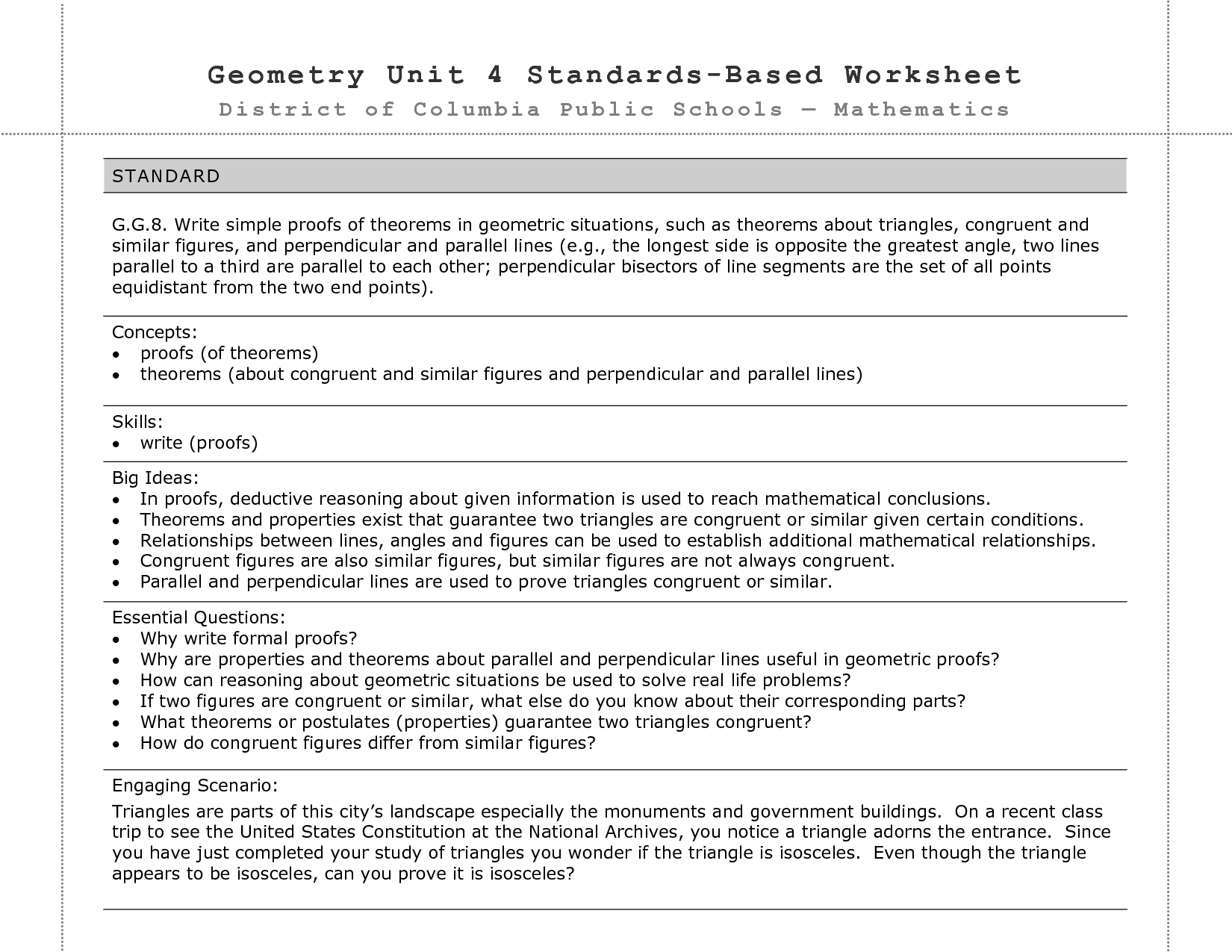
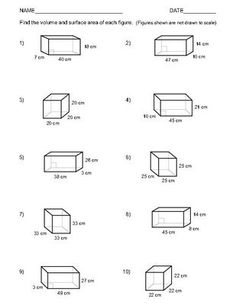
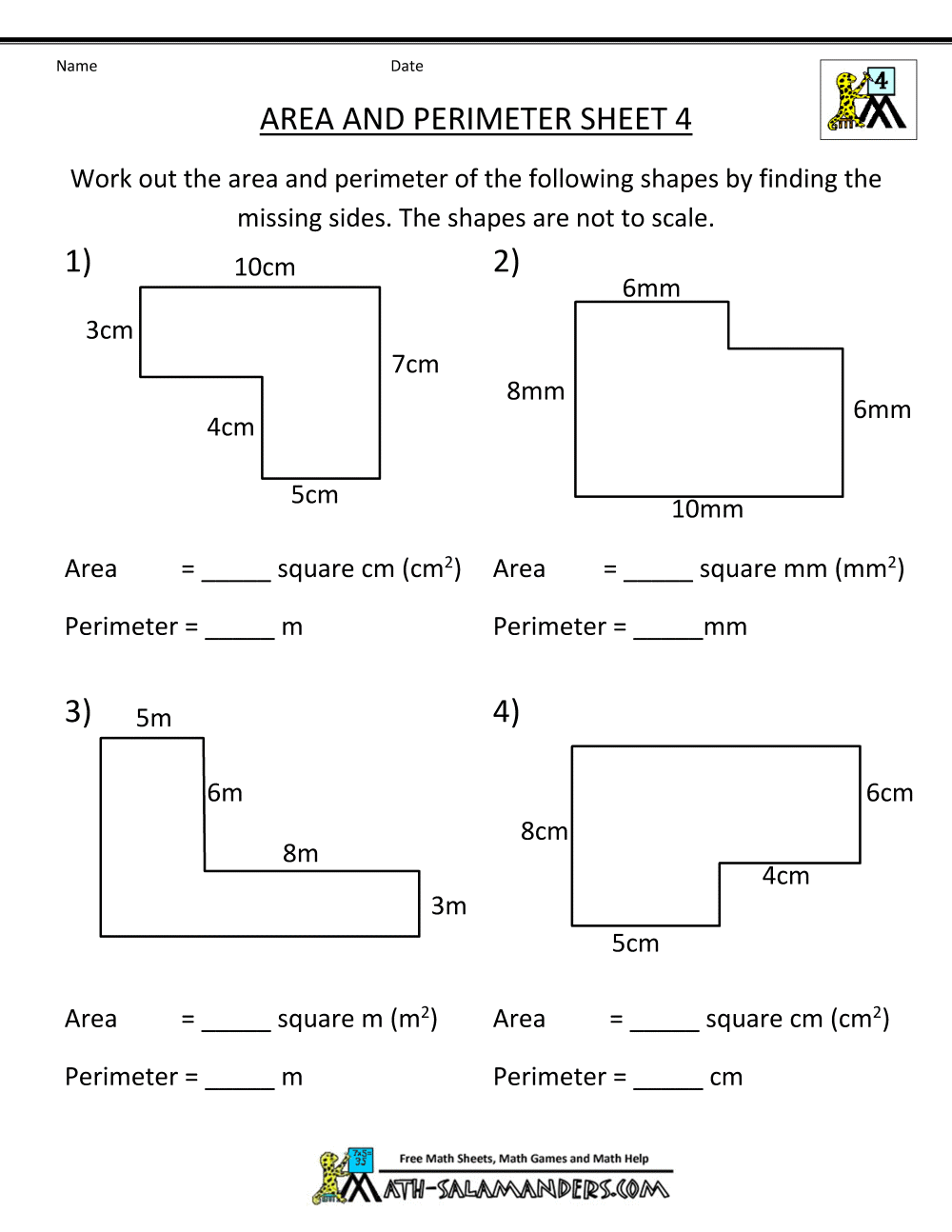
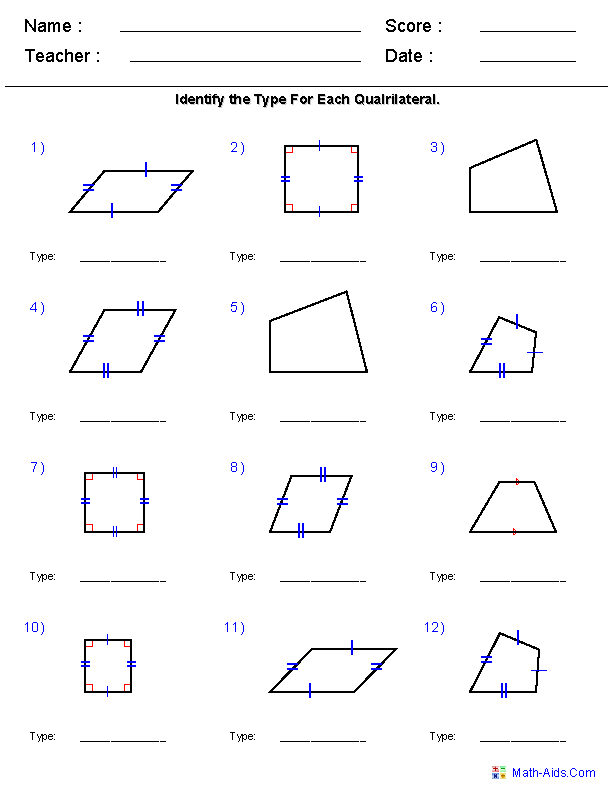
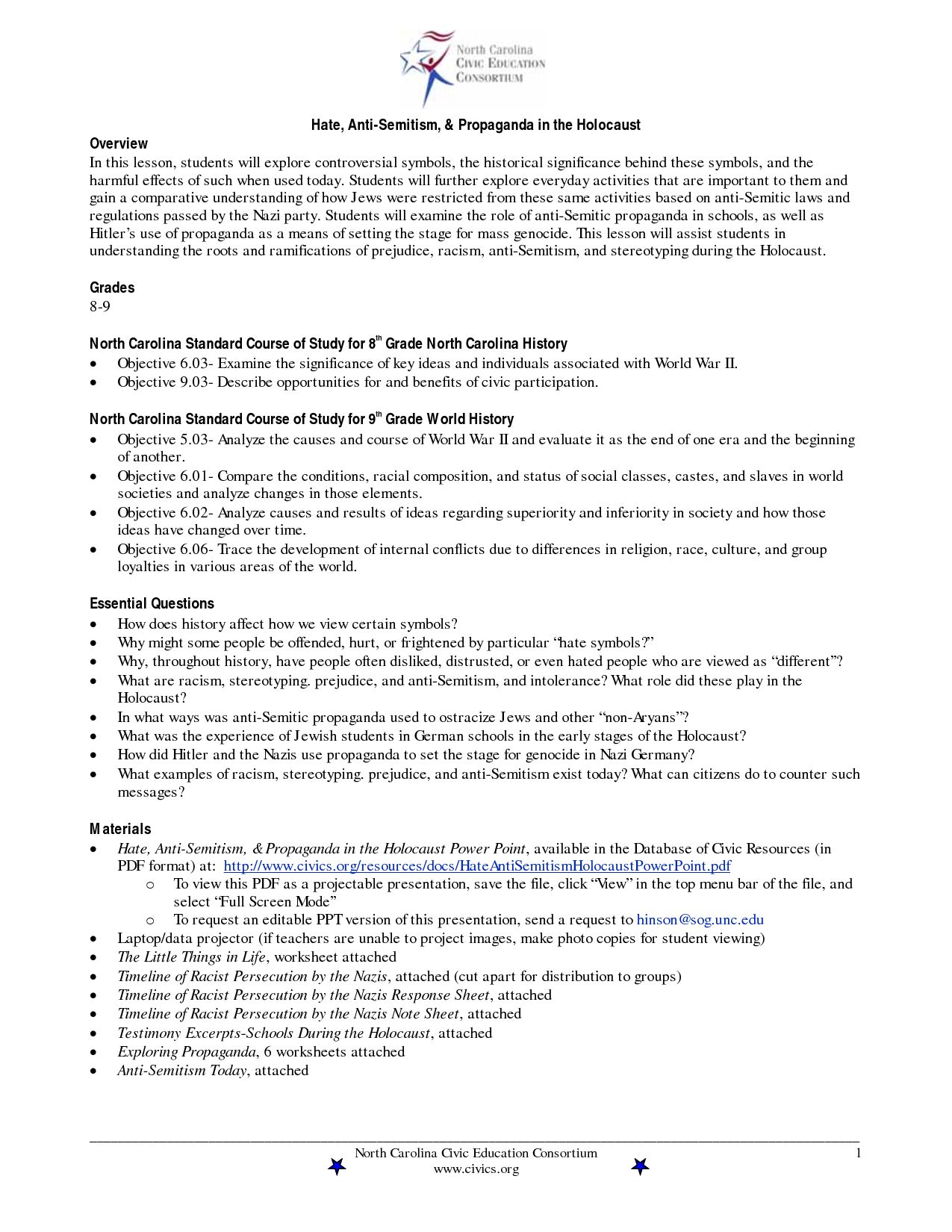
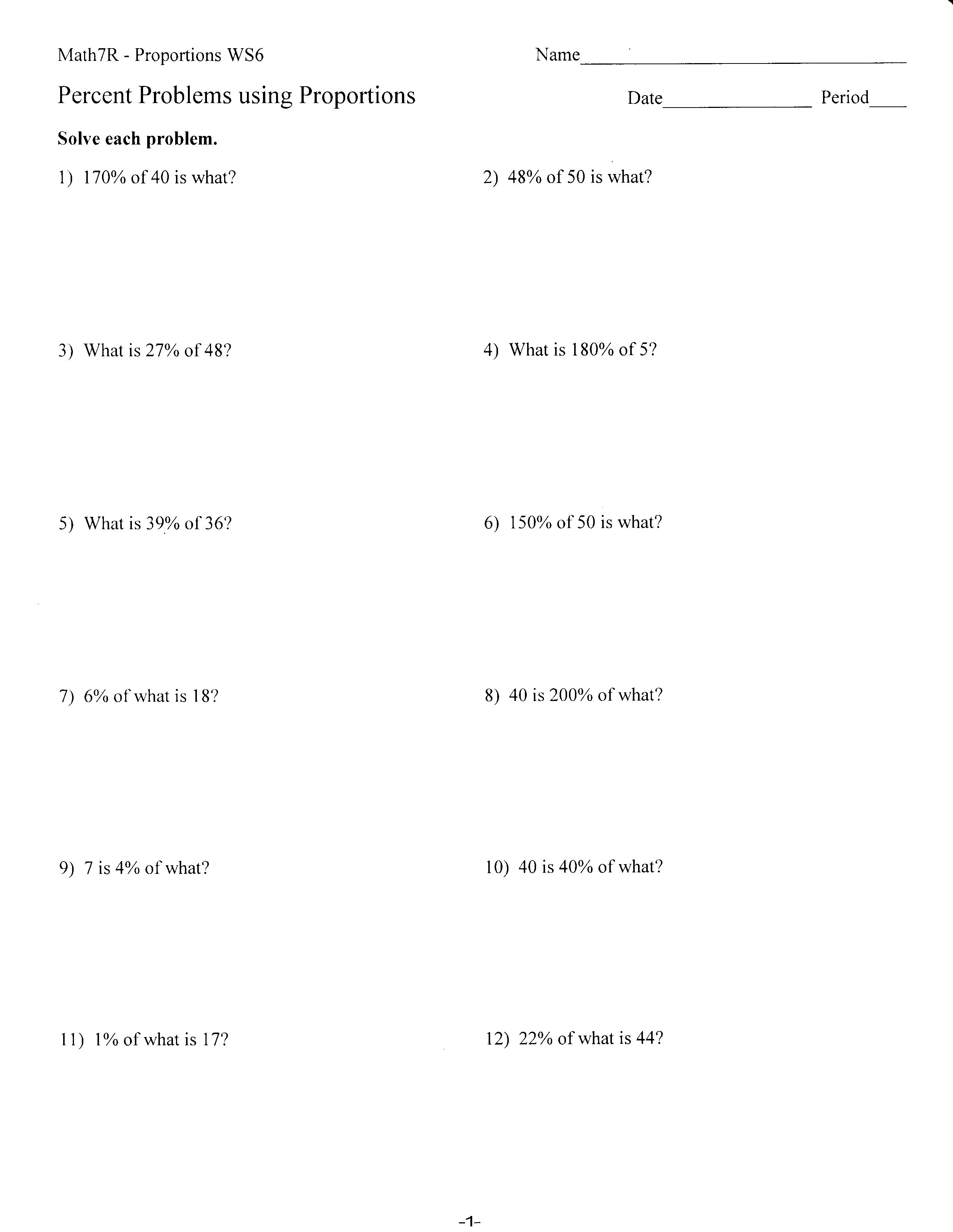














Comments